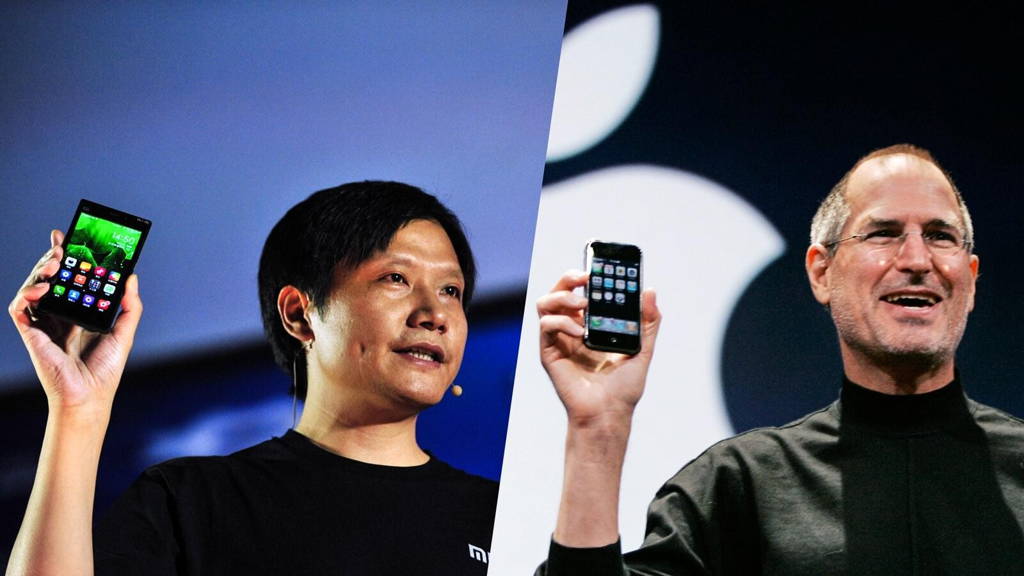Apple shipped 3.6 million wearables – the same as Xiaomi - in the first quarter. For Apple, that translates into strong growth compared to the 2.2 million Apple Watches shipped in the first quarter of 2016. The launch of the more health-oriented Apple Watch Series 2 in September 2016 was a major contributor.
Samsung is now in fourth place with an annual growth of almost 50 percent to 1.4 million wearables. Garmin is scored unchanged sales of 1.1 million wearables, but the company focuses succesfully more on smart wearables, used by city athletes and outdoor enthusiasts.
Also, the first phase focuses mostly on building up an installed base. In this second phase, the emphasis is more on the ecosystem around wearables, such as the use of acquired data for a more productive and healthier life. In recent years, the first steps have been taken by large companies like Apple and a series of startups.
The next few years these steps will translate more and more into a daily, where a pedometer for example, not only indicates how many steps have been taken, but how this can be translated into a healthier lifestyle.
Eearlier this week, Apple gave a preview of watchOS 4 (coming in the Fall of 2017), which offers many new and updated health and fitness features. With another Series of Apple Watches expected later this year and an ever increasing focus on the growth market of health and fitness, Apple seems poised to take an even bigger slice of this part of the wearable market.
Apple, Xiaomi flow past Fitbit
Apple had a 14.6 percent marketshare in wearables in the first quarter of this year, with a slightly higher 14.7 percent for Xiaomi. This company is still mostly active in China (over 96% of the volume is sold in its home market). FitBit, trying to make the transition from fitness bands to versatile smartwatches, dropped from 23.2 to 12.3 percent market share in a year. Still, IDC has not yet written off the company, as it acquired of Coin, Pebble and Vector to build its own smartwatches.Samsung is now in fourth place with an annual growth of almost 50 percent to 1.4 million wearables. Garmin is scored unchanged sales of 1.1 million wearables, but the company focuses succesfully more on smart wearables, used by city athletes and outdoor enthusiasts.
Transition to new phase
The market research firm expects double figure growth of the wearable market (17.9% year-on-year to 24.7 million units) to continue in the coming years as there is an increasing transition from simple fitness bands to more diverse smartwatches that can measure all kinds of things (such as body functions).Also, the first phase focuses mostly on building up an installed base. In this second phase, the emphasis is more on the ecosystem around wearables, such as the use of acquired data for a more productive and healthier life. In recent years, the first steps have been taken by large companies like Apple and a series of startups.
The next few years these steps will translate more and more into a daily, where a pedometer for example, not only indicates how many steps have been taken, but how this can be translated into a healthier lifestyle.
Eearlier this week, Apple gave a preview of watchOS 4 (coming in the Fall of 2017), which offers many new and updated health and fitness features. With another Series of Apple Watches expected later this year and an ever increasing focus on the growth market of health and fitness, Apple seems poised to take an even bigger slice of this part of the wearable market.
